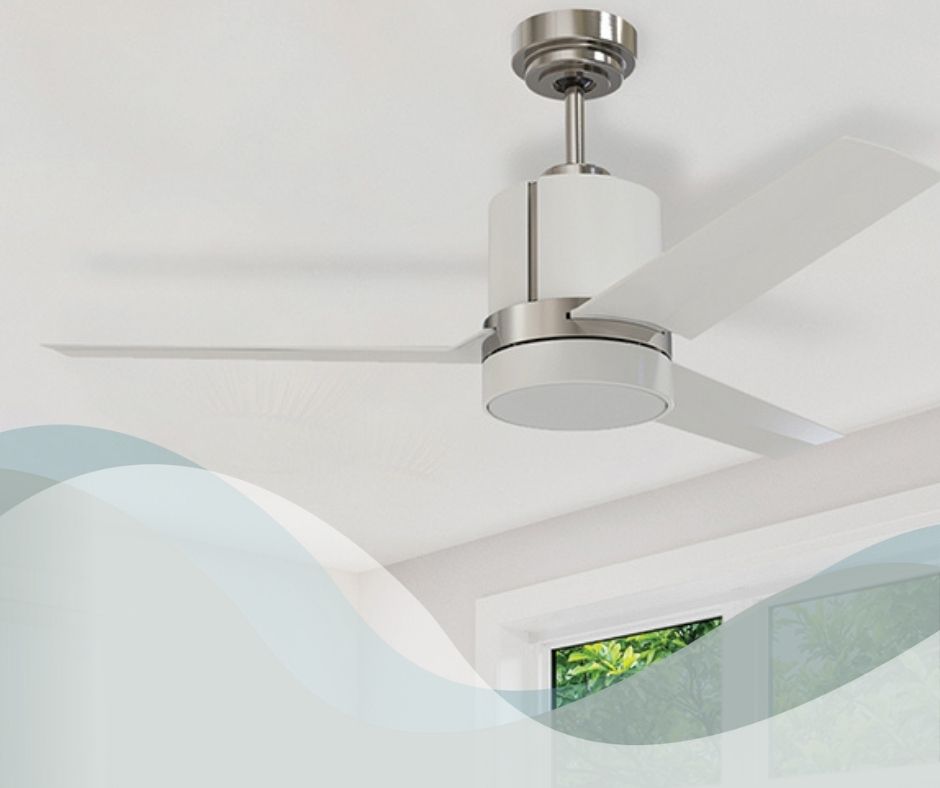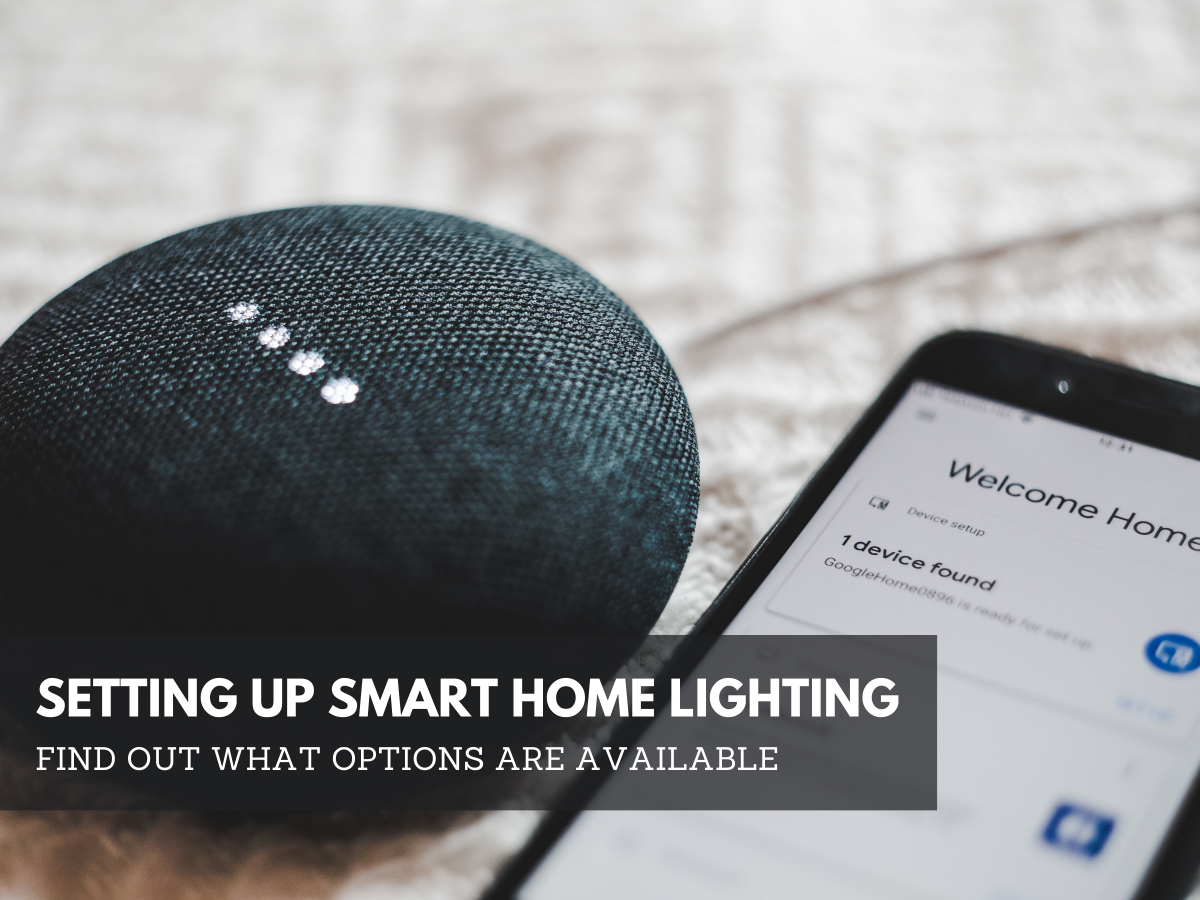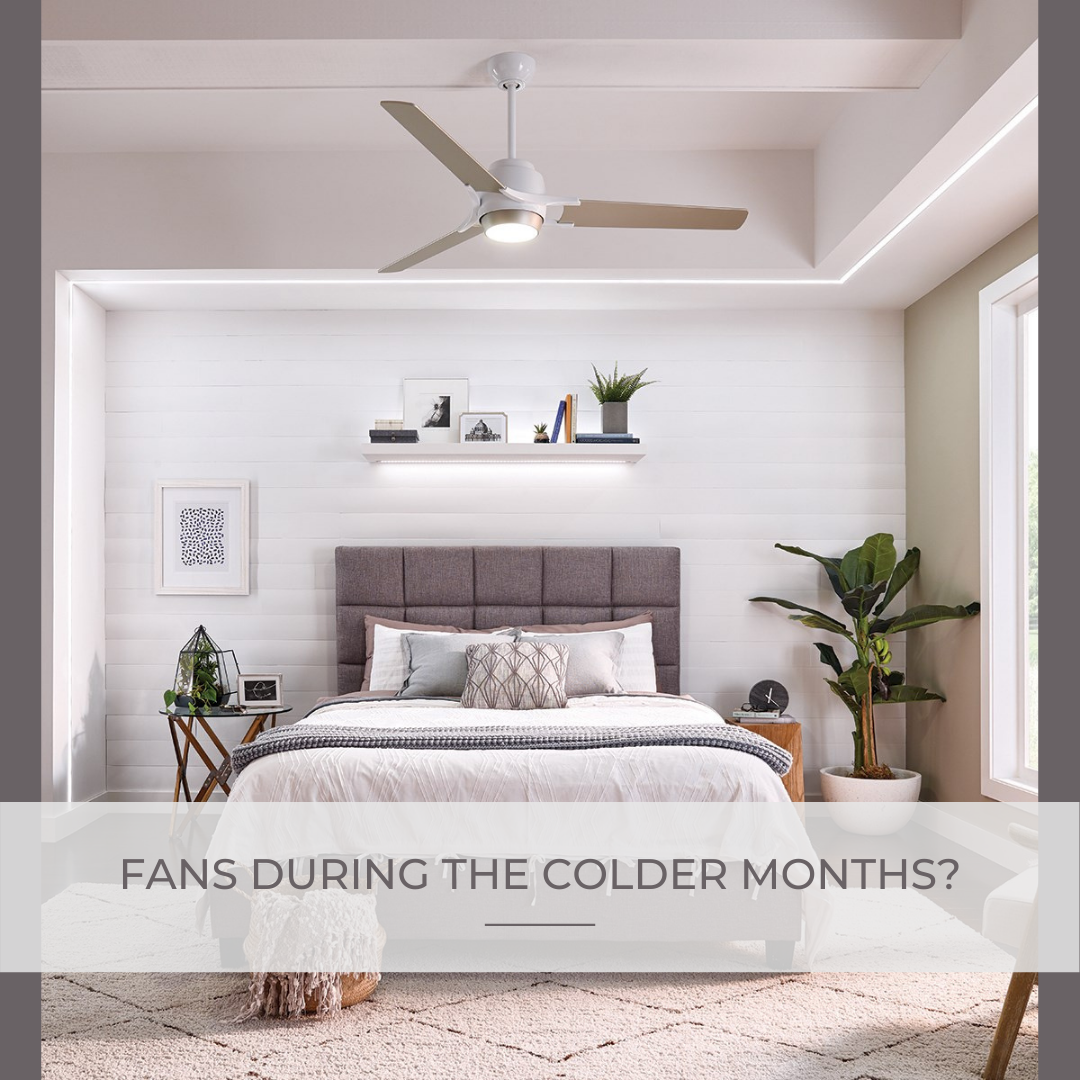Compact Fluorescent Lamps Myths vs Reality
By now, pretty much everyone has heard about compact fluorescent lights (CFLs). Consuming roughly 30 percent of the power required for a similar incandescent bulb, CFLs are a no-brainer way to reduce home energy bills and slash greenhouse gas emissions. Unfortunately allot of incorrect, outdated information has given CFLs a bad rap.
Norburn Lighting has put together a quick guide to help dispel some of the misinformation that is swirling around CFLs.
The Myths
Myth 1: Fluorescent lights flicker.
Quality CFLs, with their electronic ballasts, do not flicker.
Myth 2: Fluorescent lights are slow to start.
While CFLs don’t start at full intensity like incandescent bulbs, nearly all CFLs turn on (without flicker) instantly and reach full illumination very quickly. CFL’s manufactured by reputable suppliers such as Standard™ Lighting come on instantly at close to full illumination. Only the flood light styles start at noticeably less than full illumination, but within 20 to 30 seconds they are at over 80% illumination. Interestingly, we’ve come to prefer softer initial illumination when using these type of bulbs. When we enter a room the slightly softer initial illumination is more welcoming, and the CFL is easily at full illumination by the time we begin any light-dependent tasks.
Myth 3: Fluorescent lights are always cold-feeling and remind us of office lighting.
Good quality CFLs are available from Norburn that produce exactly the same warm white light (2,700 to 3,000 Kelvin) as the traditional Edison incandescent bulbs and with a C.R.I (colour rendering index) of 80+
Myth 4: Fluorescent lights won’t fit in my fixtures, candelabra, three way or recessed lights and cannot be dimmed. A CFL is often not an exact size substitute for an existing incandescent bulb, but a far greater range of sizes is available than is generally realized. At Norburn we stock a large variety of standard, globe, flood, candelabra, three-way and yes dimmable CFL’s.
Buy quality bulbs
You get what you pay for. CFLs are not all created equal, and the no-name bargain units sold at big box stores, dollar stores and furniture giants are cheap for a reason. The difference is usually in the quality of the ballast — the bulky part between the CFL’s light tube and the screw base. Junky ballasts can mean flicker, buzz, and a short service life.
Choose a quality brand like Standard™ Lighting CFL’s.
Opt for enough bulb
One of the biggest complaints made by new CFL users is that the light “looks dingy.” How could this be, given that CFLs produce the same amount of lumens (light energy) as their incandescent equivalents?
When under a lamp shade, less light travels down to your task; for instance when you are reading or knitting. More lumens go up from the shade. Suppose you’re accustomed to 100-watt incandescent bulb in that table lamp by the couch. A traditional bulb of this type produces about 1200 lumens. CFLs of 20 watts will do the same. But there’s a catch: the lamp fixture is designed for a traditional bulb. CFLs and incandescent lamps lumens radiate differently. So while they’re producing an equal number of lumens, the CFL may not be delivering the same amount of light to a given workspace.
In some cases, it might be a better idea to replace a 100-watt incandescent with a 23 watt CFL that’s roughly equivalent to a traditional 125-watt bulb (about 1600 lumens). You’ll take a 3-watt penalty, but that beats squinting at the newspaper.
Consider CFL-specific fixtures
Screws in CFLs are what we like to call a “transitional technology.” These bulbs contain their own ballasts, and are intended to screw into the same sort of light fixtures we’ve been using for over 120 years. As we’ve seen, this arrangement is something of a compromise.
Light fixtures designed for CFLs take into consideration their particular illuminating properties. They also have their own ballasts, which mean the bulbs can be much simpler. They plug into their fixtures with a two- or four-pronged base.
Pronged CFL bulbs won’t work in incandescent fixtures, but their simplicity will eventually make them much cheaper and easier to recycle than screw-in CFLs.
You might not have the luxury of replacing your ceiling-mounted fixtures, but keep an eye out for CFL-specific table and desk lamps. When it makes sense, retire incandescent fixtures and enjoy the improved efficiency of true CFL lighting.
Properly dispose of worn-out or broken CFLs
CFLs require a tiny amount of mercury to function. Mercury is poisonous, and since it tends to accumulate in the human body, there’s no acceptable level of exposure.
An intact CFL will never emit mercury. But CFLs can be broken through accident or improper disposal. That makes it important to dispose of spent or damaged CFLs in a responsible manner.
There’s no need to panic if you break a CFL. Most bulbs are damaged when they’re cold, and the mercury is likely to adhere to the bulb’s debris. To be safe, ventilate the area. Using rubber or latex cloves — the kitchen variety should be fine — carefully gather up the ballast and broken glass with disposable paper towels. Wipe the floor carefully with more paper towelling and then double bag everything in Ziploc bags. Dispose as hazardous waste.
As a point of interest, CFLs can actually reduce the amount of mercury released each year into the environment. While most of B.C.’s power comes from hydro, we often must buy extra power to meet winter loads and this power may come from coal. Coal-fired power plants release the elemental mercury that naturally exists in coal into the air when coal is burned to make electricity. Because of its superior efficiency, a CFL is actually responsible for putting less mercury into the wild than its incandescent equivalent.




